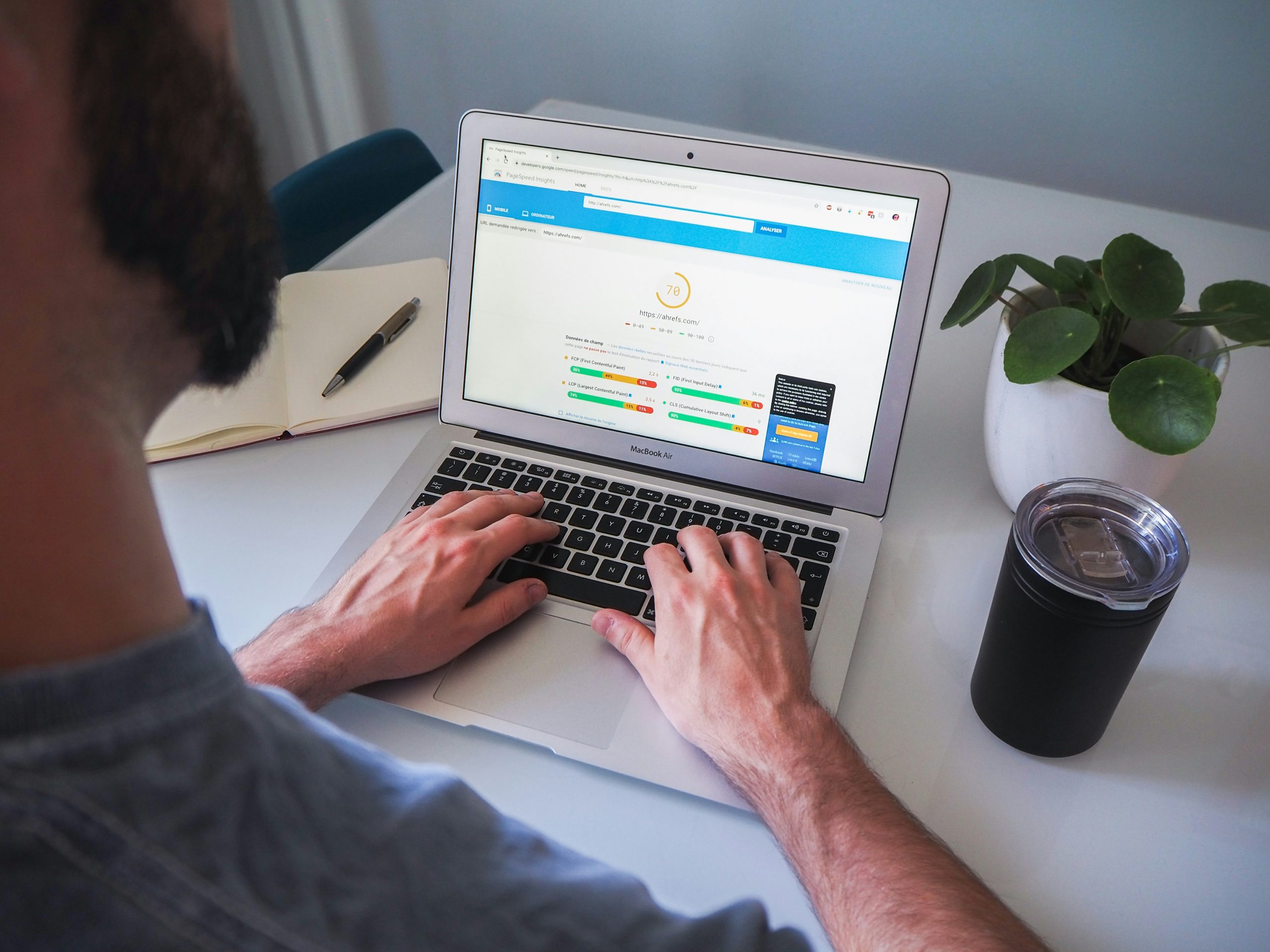In today’s competitive digital landscape, businesses are constantly seeking ways to maximize their marketing efforts and ensure that every dollar spent delivers tangible results. Pay-per-click (PPC) advertising has emerged as a powerful tool in this quest, allowing businesses to reach potential customers with precision and efficiency. However, simply running PPC campaigns isn’t enough; understanding and measuring the return on investment (ROI) from these efforts is crucial for sustained success. In this article, we’ll delve into what PPC ROI is, why it matters, and how you can effectively measure it to optimize your marketing strategies.
What is PPC ROI?
PPC ROI, or Pay-Per-Click Return on Investment, is a metric that quantifies the profitability of your PPC campaigns. It measures the revenue generated from your PPC efforts relative to the cost of those campaigns. In essence, it answers the question: “For every dollar I spend on PPC advertising, how much do I get back in return?”
Calculating PPC ROI is relatively straightforward. The basic formula is:
PPC ROI=Revenue from PPC−Cost of PPCCost of PPC×100\text{PPC ROI} = \frac{\text{Revenue from PPC} – \text{Cost of PPC}}{\text{Cost of PPC}} \times 100PPC ROI=Cost of PPCRevenue from PPC−Cost of PPC×100
For example, if you spend $1,000 on a PPC campaign and it generates $5,000 in revenue, your PPC ROI would be:
PPC ROI=5000−10001000×100=400%\text{PPC ROI} = \frac{5000 – 1000}{1000} \times 100 = 400\%PPC ROI=10005000−1000×100=400%
This means that for every dollar spent on PPC, you earned $4 in profit.
Why PPC ROI Matters
Understanding your PPC ROI is critical for several reasons:
- Budget Allocation: Knowing which campaigns yield the highest returns allows you to allocate your marketing budget more effectively. You can invest more in high-performing campaigns and cut back on those that are underperforming.
- Campaign Optimization: By measuring ROI, you can identify which aspects of your campaigns are driving success and which need improvement. This enables you to optimize your ads, targeting, and bidding strategies for better results.
- Performance Tracking: PPC ROI provides a clear picture of your campaign’s performance over time. It helps you track the effectiveness of your marketing efforts and make data-driven decisions.
- Business Growth: A strong PPC ROI indicates that your advertising efforts are contributing positively to your bottom line, which is essential for business growth. It helps you scale successful campaigns and expand your reach in the market.
How to Measure PPC ROI Effectively
While the basic formula for calculating PPC ROI is simple, effectively measuring and interpreting this metric requires a more nuanced approach.

Here are key factors to consider:
1. Set Clear Goals
Before you can measure PPC ROI, you need to establish clear, measurable goals for your campaigns. Are you aiming to increase sales, generate leads, boost brand awareness, or drive traffic to your website? Your goals will influence how you calculate and interpret ROI. For example, if your goal is lead generation, you might calculate ROI based on the value of leads generated rather than direct sales revenue.
2. Track All Relevant Metrics
To get an accurate picture of your PPC ROI, it’s important to track all relevant metrics. This includes not only the cost of clicks but also conversion rates, average order value, customer lifetime value (CLV), and any other metrics that contribute to your overall revenue. Tools like Google Analytics, Google Ads, and CRM software can help you track these metrics and provide detailed insights into campaign performance.
3. Consider the Full Customer Journey
PPC ROI isn’t just about the immediate returns. Consider the entire customer journey and the long-term value of your customers. A customer acquired through PPC might make multiple purchases over time, contributing to a higher ROI than initially calculated. By factoring in customer lifetime value, you can get a more comprehensive view of your ROI.
4. Analyze Different Attribution Models
Attribution models play a critical role in measuring PPC ROI, as they determine how credit for conversions is assigned across different touchpoints. The traditional “last-click” attribution model, for instance, may not fully capture the value of PPC campaigns that play a role earlier in the customer journey. Experimenting with different attribution models, such as “first-click” or “linear” attribution, can provide a more accurate assessment of your PPC ROI.
5. Adjust for External Factors
External factors such as seasonality, economic conditions, and industry trends can impact the effectiveness of your PPC campaigns. When analyzing ROI, it’s important to account for these variables to avoid misinterpreting the data. For example, a drop in ROI during a slow season doesn’t necessarily indicate poor campaign performance but rather reflects changes in consumer behavior.
Conclusion
PPC advertising is a dynamic and powerful tool that can drive significant growth for your business, but its effectiveness hinges on your ability to understand and measure your return on investment. By setting clear goals, tracking relevant metrics, considering the full customer journey, and adjusting for external factors, you can gain a deeper insight into your PPC ROI. This understanding allows you to optimize your campaigns, allocate your budget more effectively, and ultimately achieve better results. In a digital landscape where every dollar counts, mastering PPC ROI is essential for sustained success and growth.
